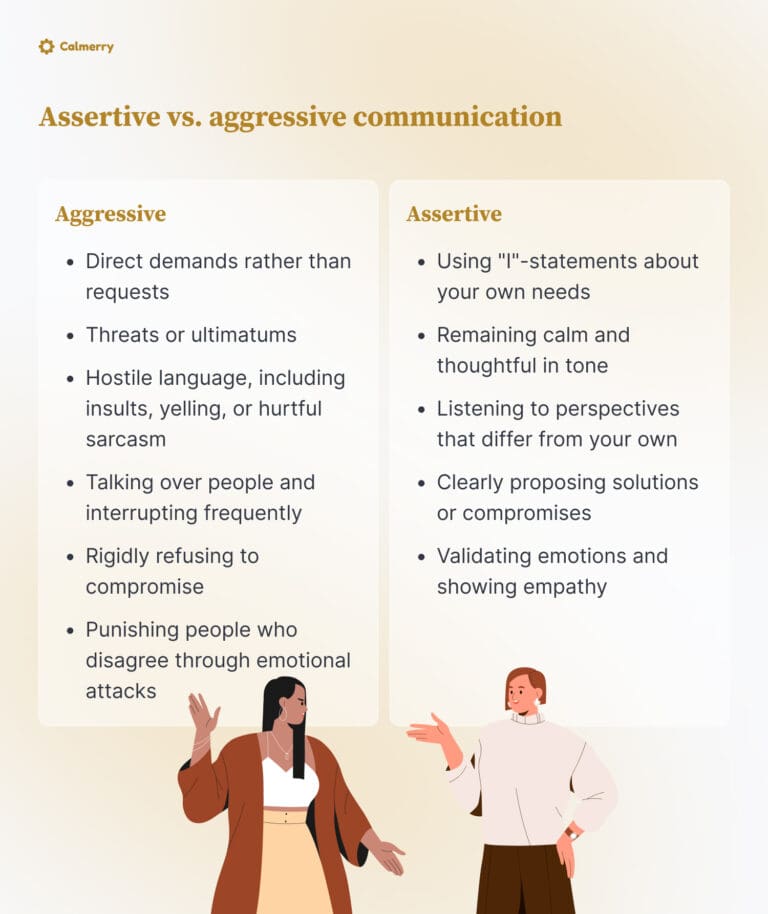
Aggressive Fake Message: Cheaters Threatened With A Beating
Escalating Trend of Cyberbullying and Harassment
The recent wave of threatening and aggressive fake messages targeting individuals alleged of cheating has sparked widespread concern and ignited an urgent discussion on the escalating trend of cyberbullying and online harassment. These messages, often anonymous and malicious, have taken a sinister turn, threatening recipients with physical violence, verbal abuse, and even the prospect of social ostracism.
Perpetrators and Victims: A Cross-Section of Society
The perpetrators of these messages come from diverse backgrounds and motivations. Some may be driven by jealousy, revenge, or a misguided sense of justice. Others may seek to incite fear and control over victims or simply derive pleasure from causing distress. The victims, equally diverse, can include anyone accused of cheating, regardless of their actual guilt or innocence.
Real-Life Consequences: Fear, Anxiety, and Depression
The impact of these threatening messages on victims is profound. Fear, anxiety, and depression are common reactions, as recipients grapple with the immediate threat of violence and the longer-term consequences of reputation damage. Some victims have reported experiencing sleep disturbances, difficulty concentrating, and an overall decline in their well-being. In severe cases, the psychological toll can be debilitating.
Legal and Ethical Perspectives: Defining Boundaries
The legal and ethical implications of these aggressive fake messages are complex and evolving. In many jurisdictions, threatening to cause bodily harm constitutes a criminal offense. However, the anonymity of online platforms and the difficulty in attributing messages to specific individuals make it challenging to enforce existing laws effectively.
Ethically, these messages raise questions about free speech and the limits of acceptable behavior. While individuals have the right to express their opinions, the use of threats and violence to silence or intimidate others is clearly unacceptable. A balance must be struck between protecting freedom of expression and safeguarding the safety and well-being of vulnerable individuals.
Technological Solutions and Social Responsibility
Addressing the problem of aggressive fake messages requires a multifaceted approach involving technological solutions and social responsibility. Social media platforms need to improve their detection and response mechanisms to identify and remove harmful content promptly. Law enforcement agencies must prioritize investigating and prosecuting those responsible for criminal threats.
Individuals also have a role to play in combating cyberbullying and harassment. Reporting abusive messages, supporting victims, and promoting empathy are all crucial steps. By creating a culture that values respect and compassion online, we can help mitigate the harm caused by these malicious acts.
Conclusion: A Call for Action
The aggressive fake messages targeting cheaters are a symptom of a deeper societal issue. Cyberbullying and harassment have become all too prevalent in our digitally connected world, with devastating consequences for victims. It is imperative that we take action to address this problem and cultivate a more inclusive and respectful online environment.
By working together, law enforcement, technology companies, and individuals can create a safer and more just digital space. We must hold perpetrators accountable, support victims, and promote a culture of empathy and respect. Only then can we effectively counter the scourge of online harassment and protect the well-being of our communities.

0 Comments: